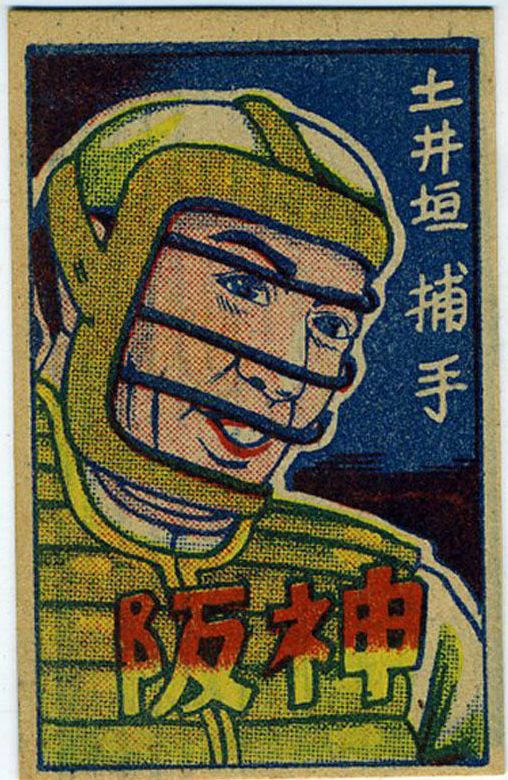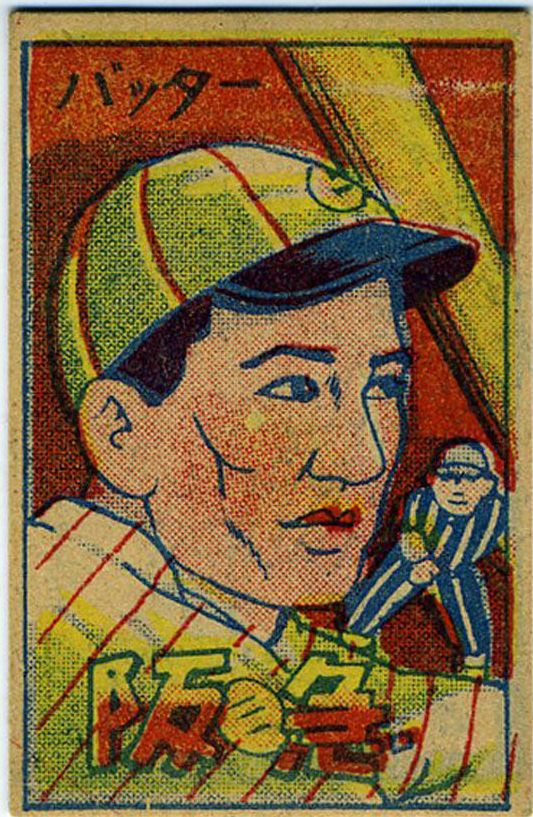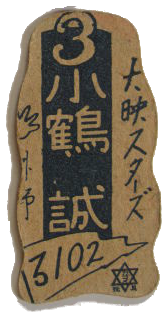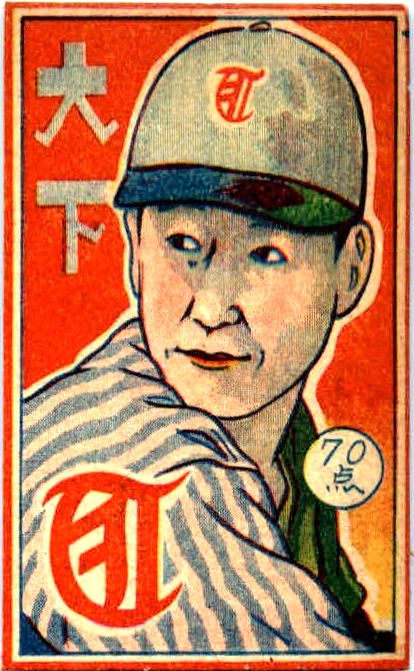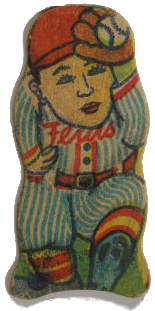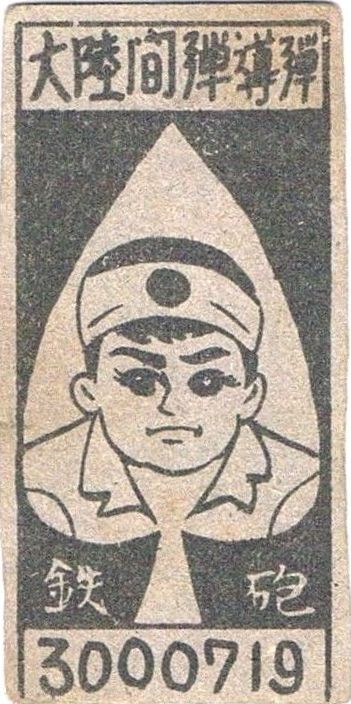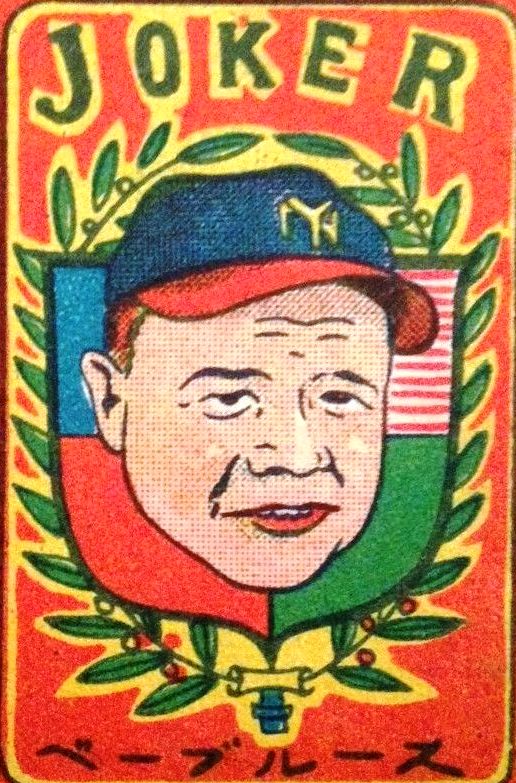If a picture conveys obliterates a thousand words, then all commentary must surely be superfluous. But He-Gassen? The title alone makes conversation blossom. Westerners vacillate between translations: scholars prefer “Fart Competition,” while laymen know it better as “Fart Battle.” Tomayto, tomahto. Slapstick has nothing to do with conduits—of transcription. And bathroom humor is anything but a modern-day development. Indeed/indubes, this funny business requires a timeless kind of sensibility. Take, for example, the exemplar artifact informally known as “Man Farts at Cat.” Force of image communicates punch line with immediacy, save only perhaps the brief delay of a flatulent sonic boom. Note, too, the absurdist’s craft in that effective use of negative space: those salient, linear flourishes of gaseous superpower rendered as dark spokes of malodorous shadow-light. Oh, how colorfully and deftly detailed this rather minimalist scene is executed. Wiki historians explain with scaffolds of context that the time of the Tokugawa was “characterized by economic growth, strict social order, isolationist foreign policies, [and] popular enjoyment of arts and culture.” Visual gag, Japanese political cartoon with xenophobic edge, or undisputed masterwork—what eternal truths can “Man Farts at Cat” impart? Maybe none more than this: here lies in a paradox of preserved ephemera the still-lingering vitality of some anonymous artist who once laughed and passed his time away, thinking fondly of life in the Edo Period as nothing less than a real gas.
1971 Topps Chicago Cubs Team #502, Haiku
Baseball Book Review: John Klima’s The Game Must Go On: Hank Greenberg, Pete Gray and the Great Days of Baseball on the Home Front in WWII
If you are a Hank Greenberg admirer or simply a lover of baseball history, then you may want to check out my review of John Klima’s new book, The Game Must Go On: Hank Greenberg, Pete Gray and the Great Days of Baseball on the Home Front in WWII, now up on The Hardball Times: http://www.hardballtimes.com/a-look-at-the-game-must-go-on/.
Here’s an excerpt:
In his introduction, Klima cautions that The Game Must Go On: Hank Greenberg, Pete Gray and the Great Days of Baseball on the Home Front in WWII—published by Thomas Dunne Books earlier this year—is conceptualized with a “cohesive, narrative style” and thus is “not a textbook or a reference book” (ix, xii). However, Klima’s work is nothing short of exhaustively researched, as he draws from interviews, personal letters, and newspaper archives to breathe life into an intimately detailed tapestry rich with colorful, poignant exploits.
In as much, Klima’s sports journalism experiences (as well as his earlier books) lend a palpable authority to this history of wartime baseball and the heavy tolls that World War II wrought upon players, fans, the game, and the country. Despite what might otherwise be an almost overwhelming wealth of information, The Game manages to dexterously weave through the wartime sprawl of historical events and figures with apparent ease, as the reader follows three distinctive central characters whose lives are forever changed by war: Hank Greenberg, Billy Southworth Jr., and Pete Gray. . . .
Read the rest of the review here.
Flash (Card) Histories–Mr. Cub, et al.
Many thanks, again, to The Hardball Times for running this week’s Friday feature: http://www.hardballtimes.com/condensed-card-histories/. Ever hear about Ernie and the fortune-teller? Check this out for some entertaining baseball card histories on Ernie Banks, Curt Flood, and Harry Simpson.
Babe Ruth: The Sultan of Margarine and Underwear
Again, many thanks to The Hardball Times—this time for running this latest piece on Babe Ruth ephemera, especially his appearance for Germany’s prestigious 1933 Sanella margarine!
Angell in the Outfield: A Roger Angell Appreciation
Japanese Baseball Cards—Fun with Menko!
I don’t know much about Japanese baseball. I don’t know much about Japanese baseball cards. I *really* don’t know much Japanese.
Apparently, Japanese baseball is relatively similar to American baseball. Of course there are some differences, especially cultural ones where crowds and players are concerned. But they share all of the basics: bats & balls, pitchers, bases on a field, etc. By most accounts, baseball was introduced to Japan in the 1870s, roughly twenty to twenty-five years after Americans started to professionally organize the game. . . .
Really, though, that’s about all I know—or all I can recall—about that. Other folks like Dr. Fitts or Robert Whiting (coincidentally both named Robert) know quite a bit more about Japanese baseball.
When it comes to Japanese baseball cards, my knowledge is equally limited. Some Japanese baseball cards were made for a popular game called menko. (While menko cards do not account for all Japanese baseball cards, they do appear to be the earliest.) In this game, players throw their cards down upon a flat playing surface in an attempt to flip the other cards belonging to opponents. Yeah, it’s like pogs. Unlike baseball, though, Japan’s menko came well before the American pogs of the 1990s.
Again, there are others with plenty of more expertise in this realm. For example: Dr. Fitts (once more), who runs an additional site just for blogging about Japanese baseball cards; Gary Engel, co-author of Sayonara Home Run!: The Art of the Japanese Baseball Card; and, of course, the Japanese Baseball Cards blog.
As for Japanese, the language—well, I got nothin’. But I found these Japanese baseball cards that sure do look pretty cool.
Oh, there’s more alright. . . .
And last but not least. . . .
Eddie at Bat
The Strangest Baseball Card Blog—Ever.
Simply put: this is the strangest baseball card blog—ever. If anyone finds one that surpasses its utter weirdness, then please do let me know. . . . Actually, it’s almost poetic (in an American cardboard psycho kind of way). The blog is officially called I Post Baseball Cards. As you can see, though, that’s not even the half of it.
Poor Roger Maris (or Reflections on a Baseball Card with Review of a Maris Biography)
*An oldie but a goodie: new post with a previously posted card
**Fourth Roger Maris post–and last for a while, promise
***Essay from latest issue of Aethlon 30.1
On the front of my pocket-weary, 1964 Topps baseball card that now feels all too emblematic in its scuffed and battered surface, Roger Maris gazes skyward with a look of defiant optimism and little clue of future mishaps that would befall him in the year following the card’s release. Surely an eventual two-year stint with the St. Louis Cardinals would bring Maris some unexpected rejuvenation and another World Series ring. Yet when I examine the career statistical breakdown for Maris, at first I notice only the salient decline in his regular season homeruns—those supremely arcing beacons of progress and willpower that once soared through the open sky of the old Yankee Stadium and countless other ballparks. And as I observe the stark drop after that extraordinary year of 1961 when Maris broke Babe Ruth’s longstanding season homerun record, so, too, do I feel my heart grow heavy and sink in my chest. However, statistics rarely tell the whole story, as I recently discovered with Tom Clavin and Danny Peary’s Roger Maris: Baseball’s Reluctant Hero (2010).
Not unlike the worn eponymous card from 1964, Roger Maris refused to “go gentle into that good night,” even in the apparent twilight of his fatiguing career. Admittedly, he was never again the same caliber of power hitter after Yankee management intentionally misdiagnosed his broken hand in 1965 just to keep him playing so the team could be in contention for a pennant (for which they weren’t even close). And although the hand injury sapped his fastball-slugging talent and the occasional slumps and streaky character of his hitting game would dog him early and mid-season, he stubbornly stuck around—and excelled when it mattered most. While limited by physical circumstance and no longer as capable with the long ball, he nonetheless proved he could also hit the smart ball as he continued to be a scoring factor—if not a decisive one. For Clavin and Peary do well to remind (or inform) fans and readers how in both the late season and at playoff time Maris remained a remarkable clutch hitter with solid RBI numbers. Furthermore, not even a magnifying glass elucidates those figures printed in miniature font on the backs of baseball cards, which seldom reveal fielding prowess and hustle, such as so regularly exemplified by Maris. It was, in fact, that very penchant for speed and determination that likely cut his career short—first with the knees, colliding into the stands for improbable catches, and then with his hand that he broke upon sliding into home plate and a slow-footed umpire.
Roger Maris is one of the rare finds among baseball biographies, as it insightfully recounts little-known facts and episodes like these and dexterously negotiates with well-crafted narrative a field typically fraught with obstacles: those of family drama and lineage; regular season and playoff games and statistics; and extensive commentary on behalf of family and friends, reporters, and witnesses. (The reliance on others for gleanings about Maris the man prove necessary because Maris himself grew appropriately mistrusting and uncooperative toward the press after the hellish and surprisingly negative media coverage in 1961 that literally caused his hair to fall out in clumps. Thereafter, he protected his privacy and largely guarded his words.)
The book is at its best, though, when it comes to those wonderful little baseball anecdotes that swiftly usher words like guffaw back into your vocabulary, as well as fateful tales where even ordinary men are granted the experience of triumph. Take, for example, the story of Andy Strasberg, previously an ardent Yankee supporter and reportedly Roger’s biggest fan. Almost as a lark on account of his college friends who persisted in needling him about his “‘good friend Roger Maris,’” Strasberg makes the drive from Akron College to Forbes Field in Pittsburg to see Maris and the Cardinals play the Pirates (318). Maris does not disappoint. Before the game he calls out to Strasberg by name, and Andy lines up his awestruck friends for introductions “‘as if it was a wedding reception.’” Later on during play, while seated “‘in row 9, seat 9’” and watching his favorite player wear the “‘familiar number 9,’” Andy receives an even bigger treat:
In the 6th inning against [southpaw Woodie] Fryman, [Maris] hit his first National League home run. And I caught the ball! My friends were witnesses. They were screaming at the top of their lungs as the ball came toward us, and I caught it on the fly bare-handed. I started crying because I was eighteen years old and life was not going to get any better for me. After the half inning, Roger comes out to right field and sees me holding the home-run ball and says, ‘I don’t believe it!’
However, there remains a noticeable dearth of such upbeat and jubilant sentiment in much of the biography and Maris’s life on the field. After I finish reading the closing chapters, a fishhook seems caught in my throat with some final thoughts that equally stick in my heart. For Maris ultimately received more in the way of jeers than cheers during his playing days. Clavin and Peary tell how even when the increasingly ill Maris returned to New York for his final Yankee Old-Timers’ Day, an elderly usher in the stadium shook his head and coolly remarked to Maris’s former coach, Sid Cichy, how “‘Nobody, nobody should have broken the Babe’s record’” (370). Clearly the swell of ill will that once followed Maris during his time in New York as a Yankee persisted in some minds.
After that summer day in 1984 when his number 9 was officially retired, Maris stoically suffered for over a year through an excruciating and tedious battle with cancer, which eventually ended his life at age 51 and took him away from his only true joys in life, his wife and children. Fittingly, his funeral service concluded with a poignant exchange between Maris’s son, Roger Jr., and that dedicated fan, Andy Strasberg. Indeed, Strasberg later recalls the scene:
The funeral was extremely moving. . . . At the end of the service I paid my respects to [Roger’s widow] Pat Maris. As always, she was extremely gracious and introduced me to her kids, whom I hadn’t seen since the last game of the 1968 season. She said to them, ‘I want to introduce you to someone very special. This is Andy Strasberg.’ And Roger Jr. said, ‘You’re dad’s number one fan.’ I said, ‘You’ll never know how much your dad meant to me growing up.’ And he said, ‘You’ll never know how much you meant to our dad.’ (378)
So I cannot help but think about stories like these—about young Andy Strasberg now grown up, his prized baseball, and where they both may be today—when I handle and cherish my old, beat-up Roger Maris baseball card and the meaning it contains for me. Some collectors would designate my Roger Maris 1964 Topps baseball card as strictly a “filler card” (a card in poor condition meant merely as a place-holder of sorts until a “better” card may be acquired), which I believe was also the exact phrase used in the description for the online auction of this card. But let me say this: there are few cards that I will ever feel are “better” than this one with all of its painfully wrought, elaborate wrinkles—its edges frayed by time. And there is no other player whom I will ever like more than poor Roger Maris.





